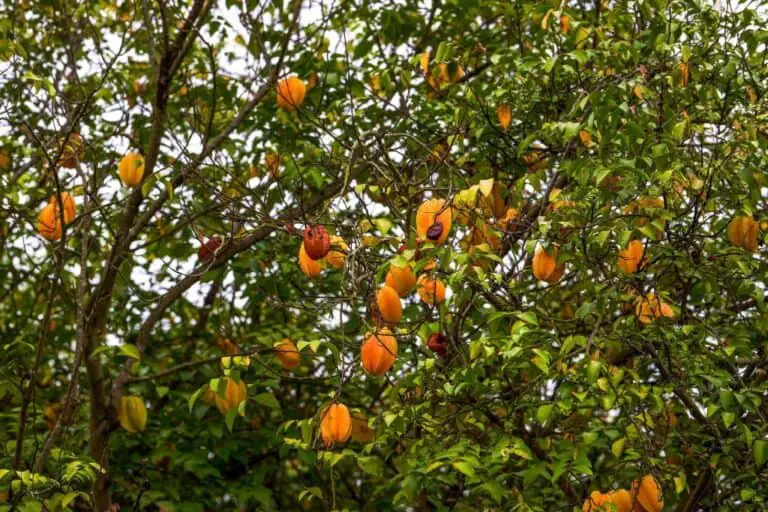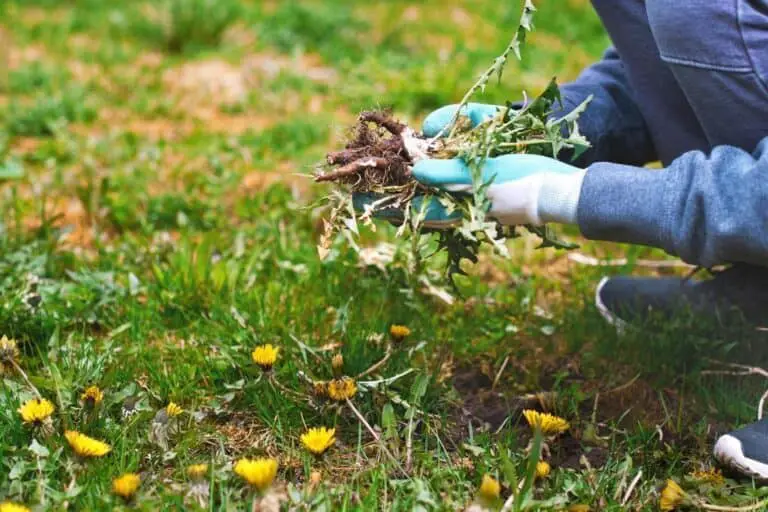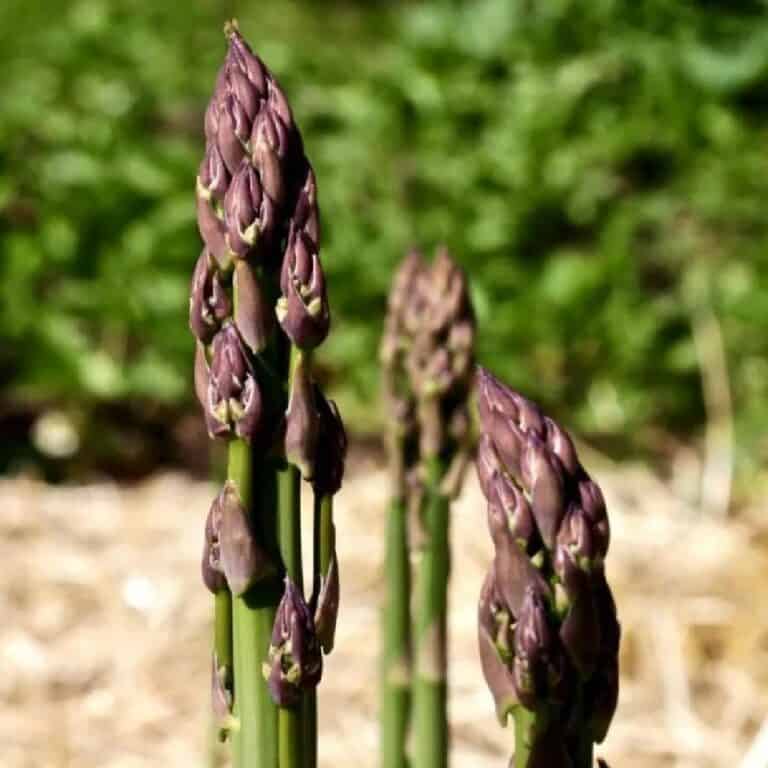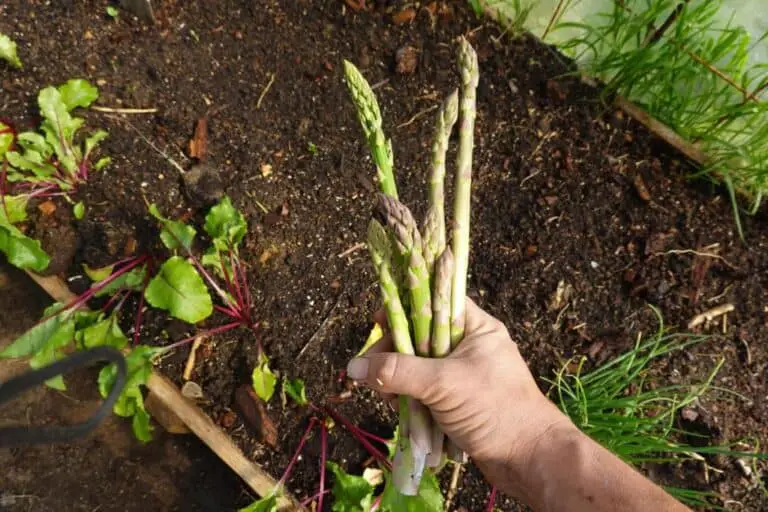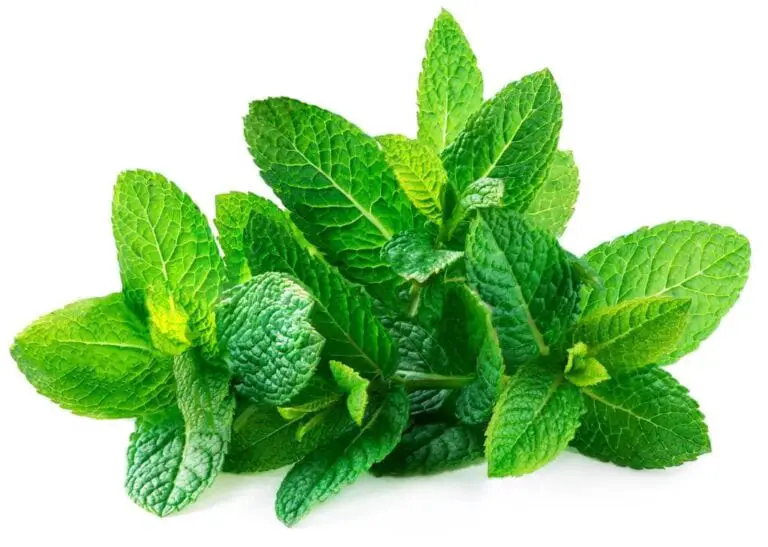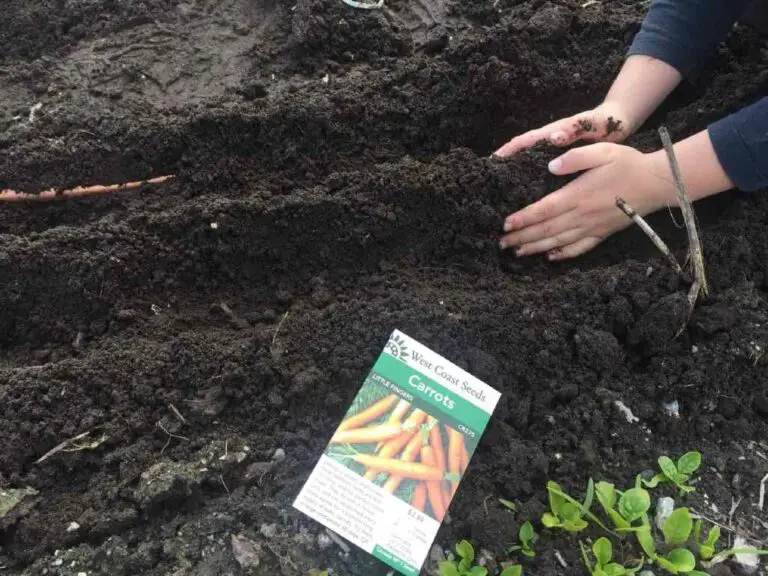The Ultimate Guide to Fertilizing Your Star Fruit Tree

Learn how to nourish your star fruit tree for optimal growth and abundant yield with our ultimate fertilizing guide. Start now!
Imagine stepping into your backyard on a warm summer evening, the scent of ripe star fruit hanging heavy in the air. The leaves of your star fruit tree are green and vibrant. They shimmer in the golden sunlight, promising a bountiful harvest. But how can you ensure that your star fruit tree thrives and produces juicy, flavorful fruits year after year? Welcome to The Ultimate Guide to Fertilizing Your Star Fruit Tree. Here, we delve into the secrets of feeding this exotic beauty to reach its full potential.
From old stories to modern food, the star fruit has won hearts and taste buds worldwide. It did so with its unique shape and tangy sweetness. Are you a seasoned gardener looking to enhance your orchard? Or are you a novice dreaming of a tropical oasis? To unlock the full splendor of your star fruit tree, you must understand the art of fertilizing.
Join us on a journey through nutrient-rich soils, organic fertilizers, and expert tips. They will empower you to nurture your star fruit tree into a flourishing masterpiece. It’s not just visually stunning but also incredibly fruitful.
The Importance of Fertilizing Star Fruit Trees
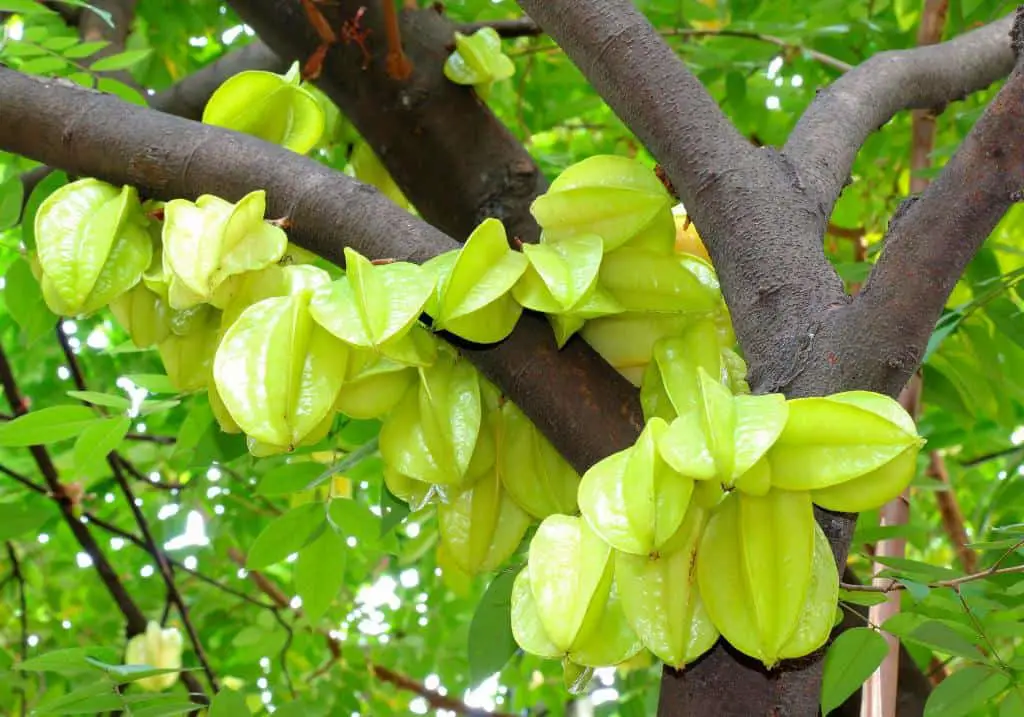
Fertilizing star fruit trees is crucial. It ensures healthy growth and lots of flowers and fruit. These tropical trees have specific nutrient requirements to thrive and produce high-quality fruit.
By giving the right nutrients, you can support the tree’s health. This helps it resist pests and diseases. Fertilization also promotes strong foliage growth. This growth is vital for capturing sunlight and making it into energy through photosynthesis.
Also, fertilizing at the right times in the growing season can boost fruit yield and quality. Star fruit trees need regular feeding. This is usually in the spring and summer. This is when the trees are growing and fruiting.
Additionally, proper fertilization can improve soil fertility and structure over time, creating a more hospitable environment for the tree’s roots to absorb water and nutrients efficiently.
Specific Nutrients That Star Fruit Trees Require for Optimal Growth
Star fruit trees, like all plants, require specific nutrients for optimal growth and development. Star fruit trees need nutrients for optimal growth. To ensure this, provide a balanced fertilizer regimen tailored to their requirements.
This may involve using a special fruit tree fertilizer. It’s made to provide the right ratios of nitrogen, phosphorus, and potassium. You can add micronutrients as needed based on soil tests and what you see of the tree’s health.
- Nitrogen: Essential for promoting lush foliage and vigorous vegetative growth, facilitating the production of abundant leaves for photosynthesis.
- Phosphorus: Key for root development, flowering, and fruit formation, aiding in the transfer of energy within the plant and enhancing overall resilience.
- Potassium: Vital for regulating water uptake and nutrient transport, as well as boosting the tree’s resistance to environmental stresses like drought and disease.
- Micronutrients: Including calcium, magnesium, and iron, crucial for enzyme activation, chlorophyll synthesis, and metabolic processes essential for overall tree health and productivity.
Factors to Consider When Selecting a Fertilizer
When choosing a fertilizer for star fruit trees, you must consider key factors. These factors ensure the best growth and fruit yield. One crucial factor is the soil pH, as star fruit trees prefer slightly acidic to neutral soil with a pH range of 6.0 to 7.0.
Testing your soil’s pH level will help determine whether it falls within this range and whether any adjustments are necessary to create an ideal growing environment for your star fruit trees.
Also, pay attention to the nutrient content of the fertilizer. Focus on the three main nutrients: nitrogen (N), phosphorus (P), and potassium (K). Star fruit trees need balanced fertilizer. It should have more potassium. This supports fruit and overall tree health.
Look for fertilizers labeled with an NPK ratio that meets the star fruit tree’s needs. This means a formulation with more potassium, like 8-3-9 or 10-5-15.
Consider the form of the fertilizer as well, whether it’s granular, liquid, or slow-release. Granular fertilizers are easy to put around the tree’s base. They slowly release nutrients. Liquid fertilizers offer a quick nutrient boost and are easily absorbed by the tree’s roots.
Slow-release formulations provide a gradual release of nutrients. This reduces the need for applications and ensures consistent tree nutrition.
Finally, take into account any additional factors such as environmental considerations, organic vs. synthetic options, and budget constraints. Organic fertilizers promote soil health and sustainability. Synthetic fertilizers may offer faster results, but can harm the environment if overused.
Overview of the Different Types of Fertilizers Available (Organic vs. Synthetic)
When growing Star Fruit, you have various options for fertilizers to ensure optimal growth and fruit production. Here are the different types of fertilizers available for growing Star Fruit based on the provided sources:
- NPK Balanced Fertilizers:
A balanced NPK ratio like 10-10-10 is a safe start for Star Fruit, providing essential nutrients for growth and flowering.
- Organic Fertilizers:
Organic options, like FoxFarm’s Fruit & Flower, offer slow-release nutrients. These nutrients support steady growth and bountiful blooms.
- Synthetic Fertilizers:
Synthetic fertilizers like Jack’s Classic Blossom Booster provide a high-phosphorus punch for immediate flowering results.
- Starfruit Waste Organic Fertilizer:
Utilizing organic fertilizer made from starfruit waste can be a sustainable agriculture solution, providing necessary nutrients for plant growth and avoiding pests and diseases.
These fertilizers have different benefits for Star Fruit trees. They offer steady growth or immediate flowering. They cater to different preferences and gardening practices.
Tips for Avoiding Common Mistakes When Fertilizing Your Tree
When it comes to fertilizing your tree, avoiding common mistakes is key to ensuring optimal growth and health. Here are some valuable tips to help you steer clear of potential pitfalls:
- Know Your Tree’s Needs. Different trees need different nutrients. So, research and understand your tree’s needs. Consider factors such as soil type, pH level, and growth stage. Use them to pick the right fertilizer and rate.
- Follow Fertilizer Instructions. Always read the label carefully and follow the instructions. Pay attention to recommended application rates, timing, and frequency to avoid over- or under-fertilizing, which can harm your tree and negatively impact soil health.
- Avoid Fertilizing During Dormancy: Fertilizing during dormancy, particularly in late fall or winter, can stimulate new growth that may be susceptible to frost damage. Instead, fertilize your tree during the active growing season. This time is in spring or early summer. It supports healthy foliage and fruit.
- Spread Fertilizer Evenly: Ensure an even distribution of fertilizer around the root zone of the tree to promote uniform nutrient uptake. Use a spreader or hand applicator to scatter the fertilizer evenly. Keep it a few inches away from the trunk. This prevents burning or damage to the tree.
Signs of Over-Fertilization or Nutrient Deficiencies on Your Star Fruit Trees
Recognizing signs of over-fertilization or nutrient deficiencies is crucial for your star fruit trees. It maintains their health and productivity. Here’s a comprehensive guide to help you identify and address these issues:
Signs of Over-Fertilization:
- Leaf Burn: The edges of the leaves may turn brown or appear scorched, indicating excess fertilizer salts in the soil.
- Stunted Growth: Over-fertilized trees may exhibit slowed or stunted growth, as excessive nutrients can disrupt normal physiological processes.
- Leaf Drop: Excessive fertilization can cause the tree to shed its leaves prematurely as a response to stress.
- Root Damage: Over-fertilization can lead to root damage, manifesting as reduced root growth or root rot in severe cases.
Signs of Nutrient Deficiencies:
- Yellowing Leaves: Yellowing or chlorosis of the leaves, particularly between the veins, may indicate a lack of essential nutrients such as nitrogen, iron, or magnesium.
- Poor Fruit Set: Insufficient nutrients can result in reduced flower production and poor fruit set, leading to lower yields.
- Stunted Growth: Nutrient-deficient trees may exhibit slow or stunted growth, with shorter internodes and smaller overall size.
- Leaf Discoloration: Leaves may display unusual discoloration or mottling patterns, depending on the specific nutrient lacking in the soil.
Addressing the Issues:
If you suspect over-fertilization, flush the soil with water to remove excess salts. Stop fertilizing until the tree recovers. For nutrient deficiencies, identify the specific lacking nutrient in the soil. Do this through soil testing. Then, fix it with a targeted fertilizer or organic amendments.
Watch the tree’s response to fixes. Adjust fertilization as needed to keep nutrients right. This will help healthy growth and fruit. Recognize and fix over-fertilization or nutrient deficiencies promptly. Doing this will keep your star fruit trees vigorous and productive.
Adjusting Your Fertilization Plan Based on Star Fruit Tree Health and Fruit Production
You must adjust your fertilization plan based on star fruit tree health and fruit production. This is key for keeping growth and productivity at their best. Here’s how to tailor your approach:
- Assess Tree Health: Regularly check your star fruit trees for signs of low nutrients or stress. These include yellowing leaves, stunted growth, or poor fruit set. Note any changes in the tree’s look or health. These can show hidden issues. You may need to adjust your fertilization plan.
- Monitor Fruit Production: Keep track of the amount and quality of fruit from your star fruit trees. Do this throughout the growing season. If you notice a decline in fruit yield or size, it may be a sign that the tree requires additional nutrients to support fruit development.
- Test the soil periodically: It shows the nutrient levels and pH of the soil near your star fruit trees. Soil tests give useful info about soil fertility. They help find deficiencies or imbalances that may be harming trees and fruit.
- Adjust the Fertilization Schedule: Base this on your observations and soil test results. Tailor it to the specific needs of your star fruit trees. This may involve increasing or decreasing how often applications are done. It may mean changing the type or form of fertilizer used. Or, it may mean targeting specific lacking nutrients.
By checking tree health and fruit production often and doing soil tests, you can adjust your fertilization plan. This will ensure your star fruit trees get the nutrients they need to thrive and make lots of high-quality fruit.
Being proactive about fertilization will boost yields. It will also promote the long-term health and vitality of your trees.

